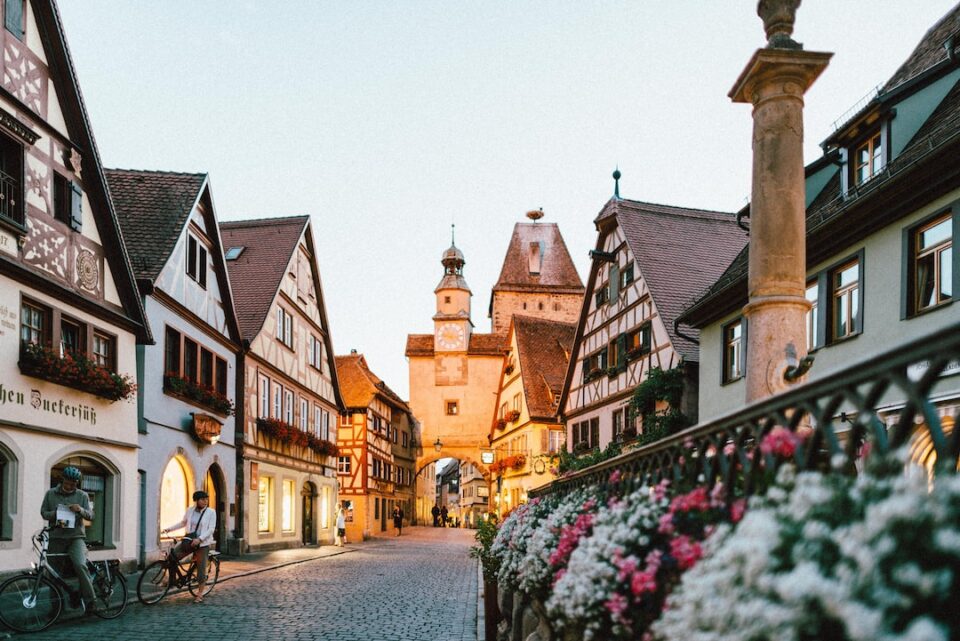Zanzibar City’s Fascinating Architecture: Palaces, Mosques, and Churches
Zanzibar, located off the coast of Tanzania in East Africa, is a hidden gem known for its breathtaking beaches and rich cultural heritage. While it might be tempting to spend all your time lounging on the white sandy shores, a visit to Zanzibar City is a must for architecture enthusiasts. This vibrant city boasts a fascinating blend of influences, from African and Persian to Indian and Arabic, resulting in a captivating display of palaces, mosques, and churches that reflect the island’s diverse history.
One of the standout architectural wonders of Zanzibar City is the Sultan’s Palace, also known as the Beit al-Sahel. Built in the late 19th century for the Sultan of Zanzibar, this grand palace is a prime example of Arab-influenced architecture. Its imposing white walls and traditional Swahili craftsmanship are truly a sight to behold. A stroll through the expansive courtyard reveals beautifully carved wooden doors and intricate geometric patterns adorning the pillars, showcasing the skilled craftsmanship of the Zanzibari artisans.
Moving on from the Sultan’s Palace, it is impossible to miss the iconic House of Wonders. This landmark building, known locally as Beit-Al-Ajaib, is the tallest and most grandiose structure in Stone Town, the historic part of Zanzibar City. Built in the late 19th century as a ceremonial palace for the Sultan, it now houses a museum dedicated to Zanzibar’s history and culture. As you approach the entrance, you’ll be captivated by the magnificent clock tower and the ornate balconies that overlook the sea. The House of Wonders displays a unique fusion of European, Middle Eastern, and Indian architectural styles, making it an architectural marvel that truly lives up to its name.
Zanzibar City is also home to some stunning mosques that showcase the island’s Islamic heritage. The Old Fort Mosque, located adjacent to the Stone Town, is an exemplary piece of Arab-Swahili architecture. Its sturdy walls, topped with crenellations, give it an imposing appearance that contrasts with the serene atmosphere within. As you enter, you’ll be greeted by the peaceful courtyard, adorned with palm trees and a central fountain, where locals come to pray and seek solace. The intricate calligraphy, vibrant stained glass windows, and domed ceilings are a testament to the skill of the Zanzibari artisans who brought this mosque to life.
While Zanzibar is predominantly Muslim, it also boasts a rich history of Christianity. The Anglican Cathedral of Christ Church, built on the site of the former slave market, is a powerful symbol of Tanzania’s journey from the dark era of the slave trade to freedom. This neo-Gothic masterpiece was constructed in the late 19th century and features stunning stained glass windows depicting religious scenes and historical events. As you step inside, you’ll immediately feel the peaceful and serene atmosphere that envelops this sacred space. The adjoining Slave Market Museum provides a poignant reminder of the island’s painful past while showcasing the resilience and strength of the Zanzibari people.
Zanzibar City’s architecture is a testament to its rich history and cultural diversity. It is a melting pot of influences, with each structure telling its own unique story. Whether it’s the grand palaces, ornate mosques, or powerful churches, Zanzibar City offers a visual feast for those who appreciate the beauty and intricacy of architectural design. So, next time you find yourself on this breathtaking island, make sure to take a stroll through the city – you’ll be captivated by the fascinating architecture that seamlessly weaves together the threads of Zanzibar’s past.

